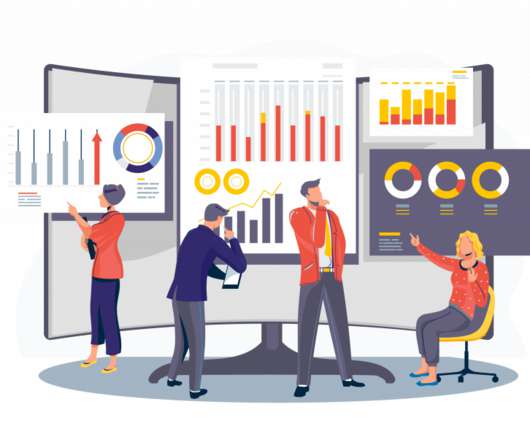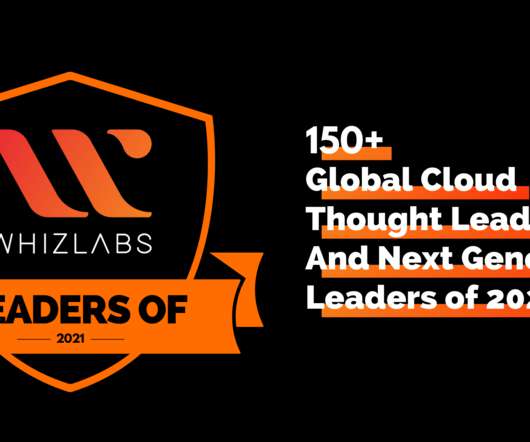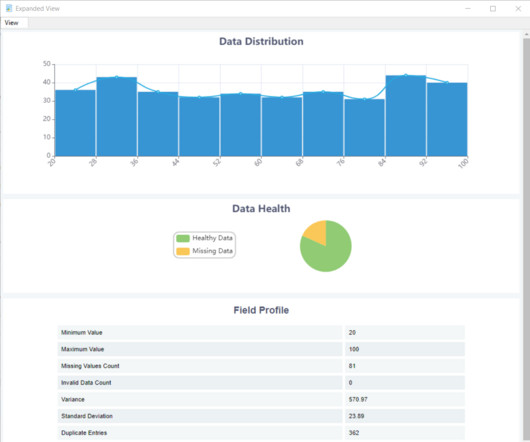How to Run Successful Predictive Analytics Project for your Business
Marutitech
MARCH 10, 2022
With the expanding pace of digital changes in business, most analysts are increasingly asking, “What more can we do with data to assist business decisions?” ” Thankfully, there is predictive analytics. Adopting data analytics solutions is a significant milestone in the development and success of any business.












Let's personalize your content